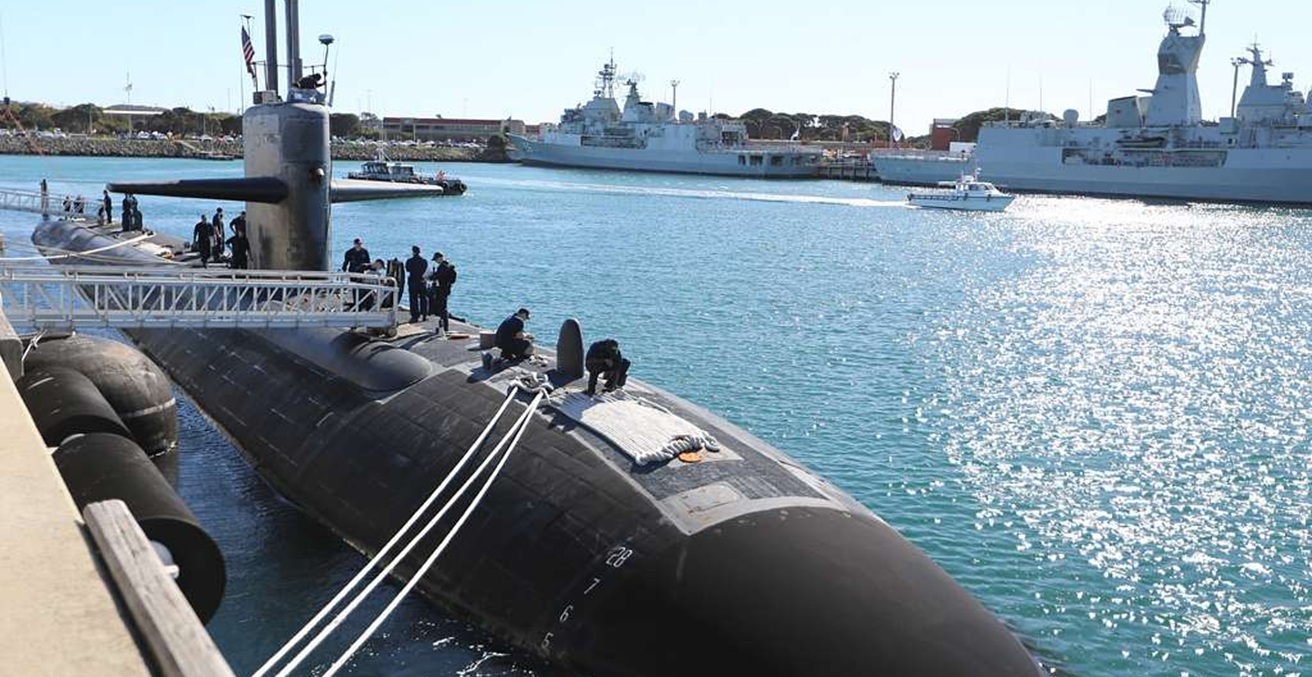Women have long been involved in extremist movements. Yet, counter-terrorist policy continues to underestimate the threat of female terrorists, with misogynistic representations defining the way these women are viewed.
The ideological extremism landscape has shifted rapidly in recent years. While Western mainstream media and policymakers have been primarily concerned with Islamic terrorism in the past few decades, they are now being overwhelmed with threats from groups such as QAnon, right-wing extremism, and a growing anti-government sentiment. Despite vast differences between Islamic extremism and right-wing radicalism, the primary actors associated with both movements are men, often those who are young, angry, and disillusioned. As such, counter-terrorism policy almost exclusively conceptualises terrorists as male.
Yet women also find appeal in extremist ideologies, and can be motivated by the identity, allure, and perceived inclusion extremist groups promote. So why is their involvement ignored? It’s not that women don’t become terrorists – studies have noted the participation of women in terrorist operations for years, with their involvement expanding over time. The agency of women terrorists is often obfuscated by the extremist ideologies that guide terrorist groups and misogynistic conceptualisations of the woman’s role in society.
Anti-woman sentiment is a common theme in extremist groups. Regardless of their religious and cultural values, extremist groups of all sorts tend to share violent misogynistic tendencies. Yet, women play a vital role in many of these groups, becoming participants, recruiters, and perpetrators. Though women are more prominent in left-wing groups where they can wield more influence, more and more women are also drawn to Islamic extremism and right-wing groups, where their standing is viewed as inferior. The main value of women in these ideologies is their ability to reproduce and bear sons, with this subjugation framed as their traditional, inherent role. Some women are drawn to such traditions through frustration with the existing oppression faced in their own communities, viewing extremist ideology as “freeing” and a choice of their own, despite the draconian way they are often treated in extremist groups.
It is clear that terrorist groups have been able to take advantage of these frustrations. Women are able to be a significant influence in recruiting family members and other young girls who are more likely to trust a female presence. Their existence in these organisations is significant, yet their participation is often perceived externally as an anomaly, out of the natural order.
The “naive victim” and the “deviant woman”
The motivations for men to associate with terrorist operations are considered to be widely varied and can include religious indoctrination, a sense of heroism, political ideology, a need to provide for their family, or revenge. The majority of existing research into understanding terrorism focuses on male motivations and does not acknowledge potential gender differences.
Discussions on women in terrorism often focus on femininity, without regard to individual motivations and actions. Women can be drawn into extremism for different reasons to men, such as through promise of protection, empowerment, or, as seen in messages from QAnon and ISIS, a desire to aid children and orphans. However, women are also motivated by many of the same desires as men, inspired by political, religious, and cultural convictions. Women can be lured in with emotionally charged dogma and a sense of belonging and freedom, despite reality often being a contrast. A great number of women who join are well educated and enticed by ideas of liberation and ideological commitment. Yet female terrorists are often reduced to stereotypes, without consideration as to the actual threat and impact that women can have.
Women involved in terrorism are consistently seen as lacking agency, being controlled and coerced into their participation. Though many young women are manipulated into committing terrorist acts, the blanket infantilisation of female terrorists disregards those who join of their own volition. These “naive victims” who have been forced to participate by the men in their lives, primarily their fathers or partners, are assumed to not truly be aware of what joining a terrorist group entails.
Many women terrorists are indignant at this suggestion, with research finding that women feel a greater commitment to their cause, having overcome greater obstacles than men when joining. Women who have travelled to join groups such as Islamic State (IS) have spoken of their desire to “create a perfect Islamic society,” believing that the group’s actions would lead to a “paradise.” These women are not limited to support roles and have been active participants in violence and terror.
Yet media reports often focus on the apparent “rarity” of the female terrorist. For example, . , an American-born woman joined IS and who has been accused of planning “violent jihad,” was described as “doe-eyed.” Many media outlets perpetuated the idea that she had to have been brainwashed, with her radicalisation touted as a “mystery.” Yet, sworn witnesses of Fluke-Ekren’s actions describe her as the leader of an all-female IS battalion, where she taught children to use assault weapons and was fervent in the radicalisation of others.
Another trope, that of the “deviant woman,” views the woman terrorist in extreme contrast to the traditional conception of femininity. She is seen as betraying her womanhood, interrupting the natural order. Terrorism and violence are seen as inherently masculine, with women often viewed as incapable of committing such acts. As such, the woman who does is going against her feminine nature, shocking society.
Women with children who are classed in this way are also presented as failed mothers for choosing their ideology over their families. Ulrike Meinhof and Gudrun Ensslin, founders of the Red Army Faction, a former German far-left militant organisation, were often noted for the abandonment of their children, a factor not generally included in reporting on male terrorists.
The need to recognise complexity
Terrorist groups are aware of the gendered perceptions of their members and actions. These groups use women strategically and take advantage of heavily ingrained societal attitudes. The bias that creates the stereotypes of female terrorists also contributes to these women being able to effectively escape detection. The repeated shock when a woman commits terrorist acts shows that this strategy is effective and will continue to be should policymakers not recognise the need for a gender considered approach.
When women leave terrorist groups, they have often experienced the trauma of being widowed, sexual violence, or the responsibility of being primary caregivers to children. De-radicalisation programs don’t consider these unique challenges and are ill-equipped to rehabilitate female extremists. Attempts to thwart radicalisation also don’t consider the specific targeting of women and young girls that preys on insecurities, frustrations, and ideas of committing to an important cause. Though many women have practical roles in terrorism, their participation also has a symbolic impact, able to influence others.
Simplistic ideas surrounding female terrorists limit policy in countering extremism. These ideas stem from misogynistic representations of “what a woman should be” and fail to consider the complex motivations of female terrorists. It is critical for policymakers to address this bias, and to recognise the capacity for women to have active, significant roles in extremist violence.
Counter-terrorism programs need to be intersectional, with consideration for the complexity of gender within different societies. Female terrorists can come from different ethnicities, levels of education, and backgrounds, and simplifying their motives into distinct stereotypes doesn’t address the multi-layered motives behind engaging in terrorist acts. Women need to be considered as individuals, whose motivations and intentions vary as much as men. Including women in the policymaking process can allow for further understanding of how gendered lenses are used to encourage both men and women into extremism.
Olivia Norton is currently an intern at the AIIA National Office. She is studying a Master’s of National Security Policy at the Australian National University, having previously completed a Bachelor of Criminology & Criminal Justice from the University of New South Wales.
This article is published under a Creative Commons License and may be republished with attribution.




